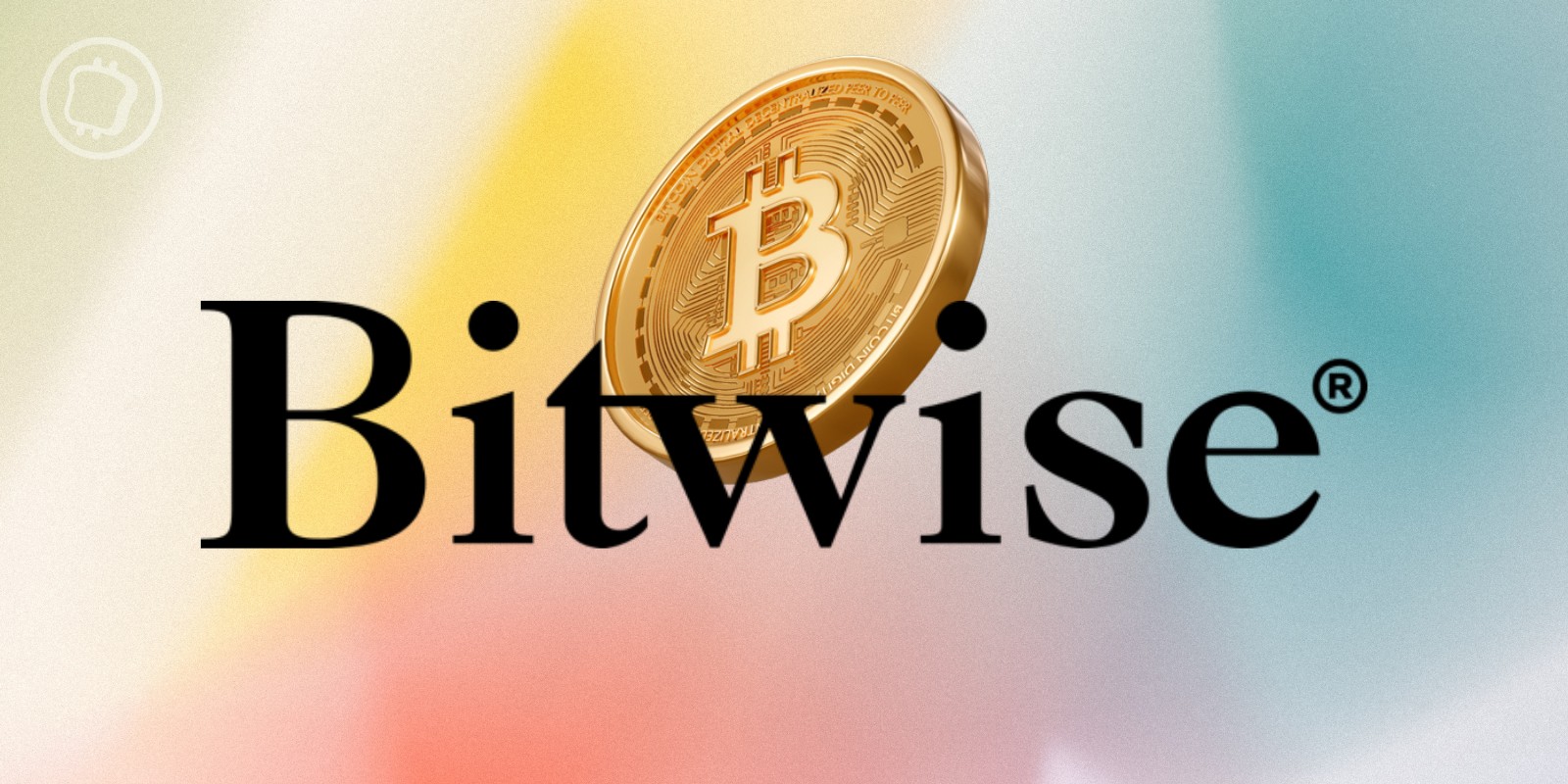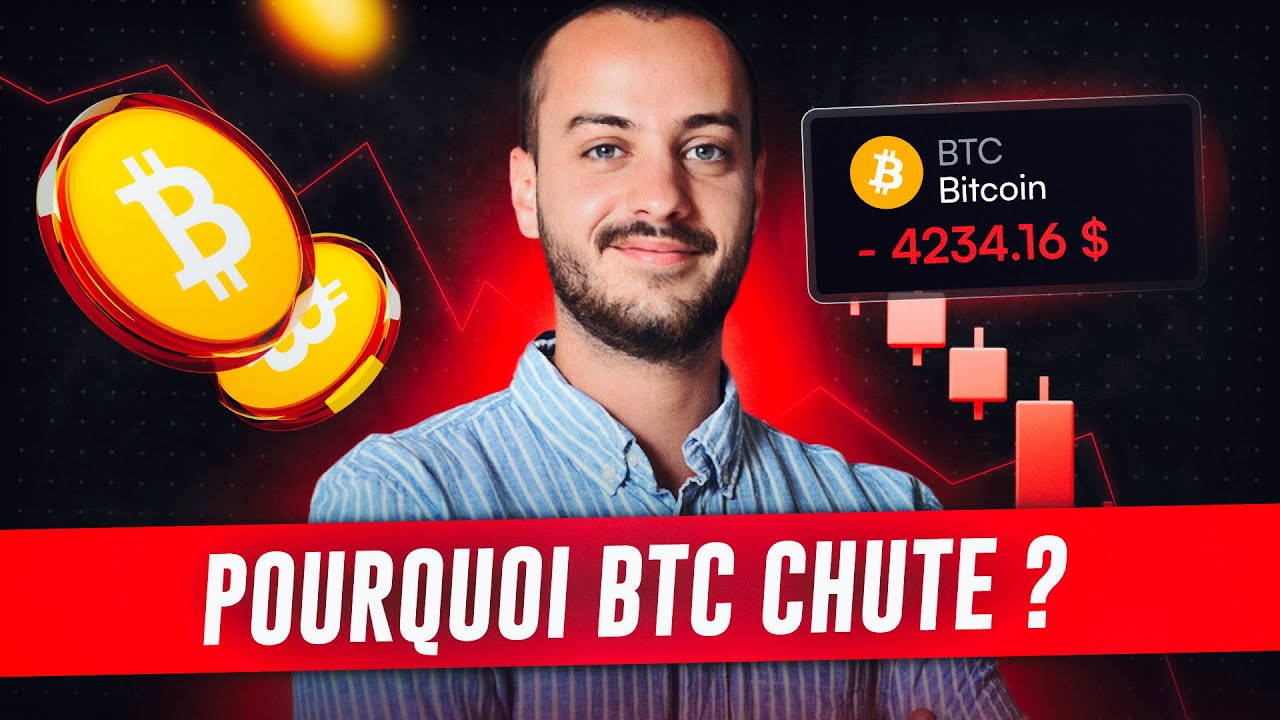In its latest quarterly report, NonFungible.com highlights the drop in resale profit in the NFT market. Thus, the latter fell by 84%, resulting in a net loss on the balance sheet of $450 million.
NFT earnings down sharply in last quarter
NonFungible.com, the specialist in analysis of the non-fungible tokens (NFT) market today publishes its latest quarterly report in which we can see a substantial drop in profit on resale.
Indeed, while this metric stood at $2 billion in the second quarter, it barely reached $327 million between June and September. That corresponds down 84% or a division by a factor of 6. This decline is also evident in the trading volume with a drop of 77% as well. And for good reason, it went from 7.36 billion to 1.67 billion dollars.
With such data, the quarterly balance sheet therefore closes on a net loss of $450 million, which would be a first for the market according to the report. Note, however, that the study only takes into account the following three blockchains:
- Ethereum (ETH);
- Ronin (RON);
- Flow.
The values thus presented do not therefore take into account the activity on other networks such as Solana (SOL) for example.
Nevertheless, in terms of the number of gross sales, the volume only decreased by 5%. These sales thus represent nearly 10.9 million transactions. On the other hand, the analysis identified exactly 1,173,650 active addresses, a drop of 17%. However, the average shelf life of an NFT hasincreased from 27.5 to 31.1 days.
👉 To go further – Find our explanatory guide on non-fungible tokens (NFT)
Buy NFTs on Binance
Discover Binance’s NFT Marketplace 🔥
Is the finding really worrying?
Despite a more than mixed quarterly report, we can highlight some positive points. Quite rightly, the 780 million dollars of losses on resale, which weigh on the result, are in reality almost half as high as in the previous quarter. It is therefore this too low proportion of sellers recording a profit that is causing the NFT market to plunge into the red.
Moreover, after a sharp fall at the start of the second quarter, the curves showing the different categories of portfolios active on the market seem to find a point of stabilization :

Figure 1: Evolution of active wallets on the NFT market
As for the popularity of searches related to the term “Non Fungible Token” on Google Trends, the graph below shows that after a meteoric rise at the end of 2021, the latter has experienced an equally brutal fall. As the score is within a range of 1 to 100, it is currently at an annual low, stabilized at 12:

Figure 2: Popularity of the “Non-fungible Token” search
Although NFTs still seem to benefit from stronger resilience, they still remain correlated to the cryptocurrency marketwhich may explain part of this decline.
Nevertheless, this is necessary to clean up the ecosystem after the great phase of euphoria. This will then allow serious projects to develop on a good basis, without being influenced by ambient noise.
👉 Also in the news – Gaming NFT: the National Rugby League (LNR) presents Sorare du rugby with OVAL3
Join Experts and a Premium Community
PRO
Invest in your crypto knowledge for the next bullrun

Source: NonFungible.com
Newsletter 🍞
Receive a summary of crypto news every Monday by email 👌
What you need to know about affiliate links. This page presents assets, products or services relating to investments. Some links in this article are affiliated. This means that if you buy a product or register on a site from this article, our partner pays us a commission. This allows us to continue to offer you original and useful content. There is no impact on you and you can even get a bonus by using our links.
Investments in cryptocurrencies are risky. Cryptoast is not responsible for the quality of the products or services presented on this page and could not be held responsible, directly or indirectly, for any damage or loss caused following the use of a good or service highlighted in this article. Investments related to crypto-assets are risky by nature, readers should do their own research before taking any action and only invest within the limits of their financial capabilities. This article does not constitute investment advice.














